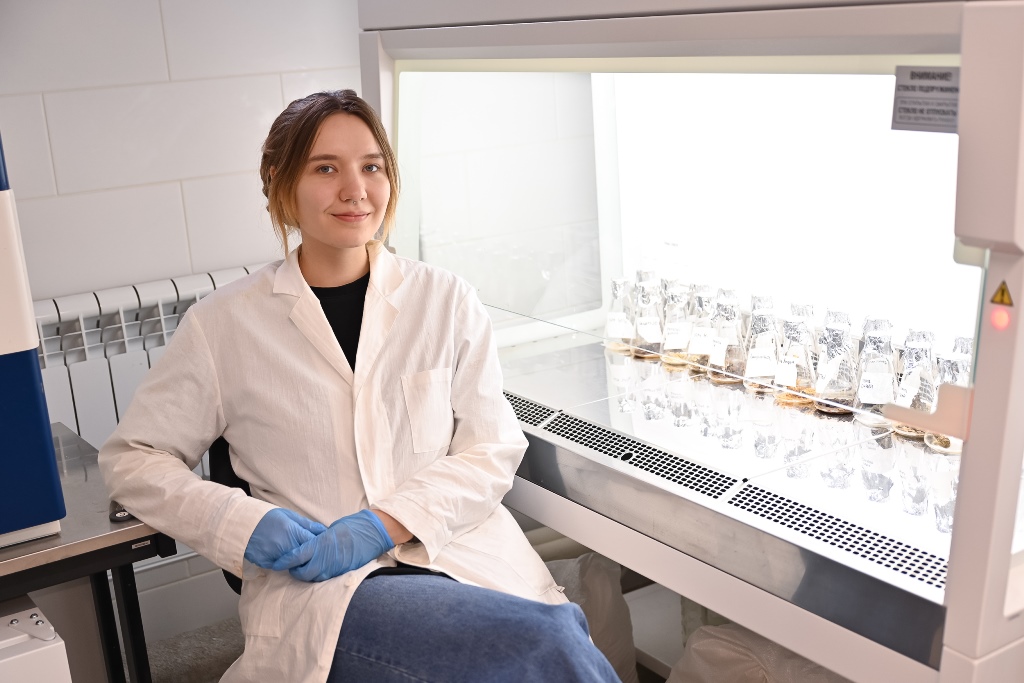Zoologists of the Leningrad Zoo in collaboration with specialists from the Research Center for Microplastics in the Environment of Tomsk State University have begun studying polymer particles in animals. Scientists will analyze food and fecal samples taken from various animals such as tigers, macaques, lemurs, and others to find out how much microplastic is ingested with food and water.
“From publications, we know about the global distribution of microplastics not only in aquatic ecosystems, but also in soils, the atmosphere, and living organisms,” said Daria Kirpotina, a zoologist of the Environmental Projects Department at the Leningrad Zoo. “There are also several published studies on the assessment of microplastic consumption by laboratory and wild animals. However, no one has yet assessed how much microplastic animals in zoos eat along with their food and how it may affect their health.”

The staff of the Leningrad Zoo and TSU plan to study this issue in several mammals and birds of different systematics. Now Daria Kirpotina’s main goal is to master laboratory techniques for extracting microplastics from different types of samples and to develop methods of "clean" sampling, as there is a high risk of external contamination of microplastics from the air (mainly synthetic textile fibers).
The first objects of the research were the food and feces of the Markhor. The scientists will also study the symbols of the Leningrad Zoo — the bear Haarchana, the tigers Zeus and Amadeus, the cassowary Fedya, the raccoon Veniamin, the meerkat Marcel, the squirrel monkeys Zhorik, Elsa, and Lipa, the rock hyrax, black macaques, the ground hornbill, and lemurs.
Daria Kirpotina is a TSU graduate, and she completed her master's degree in ecology and nature management in 2023. She works at the zoo in the department of environmental projects and conducts research. Yury Zhuravlev, director of the Leningrad Zoo, is also a graduate of the TSU Zoology Department and still keeps in touch with his alma mater.